I am continuously baffled by the number of car audio enthusiasts and so-called professionals who think car audio amp power ratings have anything to do with quantifying their quality. I see people flocking to YouTube videos of amp dyno tests and rushing out to buy products that make lots of jam. If there’s a single factor that’s irrelevant in defining amplifier quality, power production would be it. In this article, I’ll explain why amp power ratings have nothing to do with amp quality.
The Amp Power Rating Analogy
Before diving into the science of amplifier quality, allow me to provide an analogy demonstrating just how unimportant amp power ratings are. Imagine you’re the owner of a new Formula 1 race team and you have to pick a company to supply you with a turnkey car for the next season. What if you base your purchase decision on horsepower or ¼-mile times alone? The car would rocket off the starting line and might be able to pass the other competitors on the straights. No doubt, it would be a blast to drive.
With that said, horsepower and straight-line speed are useless when it comes time to slow down and turn a corner. The race car needs an excellent brake system that can shed speed quickly, efficiently and reliably. The car needs downforce to keep it stuck to the track as it goes around each corner. The engine, transmission, MGU-K and MGU-H need to be reliable and efficient to make the most of the 100-kg fuel limit and finish each race. The car needs to be balanced, so it doesn’t wear out the tires prematurely. The list of other crucially essential factors goes on and on.
Considering amplifier quality based on how much power it can produce is directly analogous to our straight-line-only Formula 1 race car. High-end amplifiers are designed to reproduce audio signals with less distortion and noise. They operate more efficiently and reliably than those that try to be the least expensive as possible and make lots of power.

What Does Amplifier Power Mean?
The ability of an amplifier to produce large amounts of power should translate into how loudly an audio system can play. If you’re building a sound system that will be used to compete in SPL contests, then power production and efficiency are crucial when picking a subwoofer amplifier. If you want to listen to music and have it sound good, picking amplifiers that produce massive amounts of power isn’t the top priority.
In most instances, an amplifier producing around 100 to 150 watts per channel is more than all but the most well-designed door speakers can handle. Of course, you might want a little more power for transients, but at constant levels, 100 watts is a massive amount of thermal energy that isn’t easy for a 6.5- or 6×9-inch speaker to dissipate. Plug in a 100-watt incandescent light bulb and see how hot it gets after a few minutes. The bulb has similar efficiency to a loudspeaker.
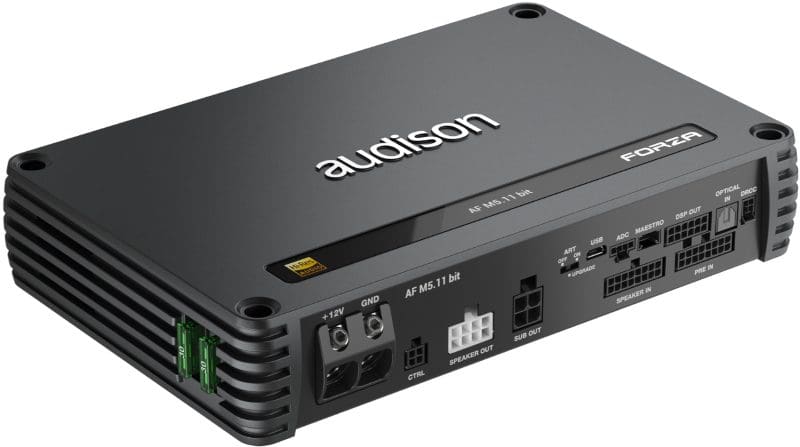
Power Numbers Aren’t Linear
I’ve seen many discussions where enthusiasts have chosen an amplifier that can produce 150 watts of power over one that can produce 125 watts because “more is better.” In reality, the difference in output capability is nearly undetectable.
Everyone should know that reproducing audio signals requires that the power fed to a speaker be doubled for every 3 dB increase in output. If we have a 75-watt amplifier and want to increase the output of a speaker by 3 dB, then we need a 150-watt amplifier. To increase the output by 3 dB again, we’d need a 300-watt amplifier. I don’t know of any door speakers that can dissipate 300 watts of heat energy for extended periods. Yes, I know lots say they can, but those numbers are usually based on the old home audio power handling standard. If you don’t believe me, play a 1-kHz test tone at a voltage equal to the speaker’s power rating and see how long it lasts. Please don’t complain when the voice coil melts or the cone assembly catches fire. To make your experiment easier, I’ll do the math for you. A 4-ohm speaker capable of handling 300 watts of power will need to be fed a 34.6-volt RMS sine wave. For a 600-watt, 4-ohm speaker, you’ll need 48.99 volts. Post your videos!
Nevertheless, back to our comparison of 125 watts to 150 watts. Assuming you had a speaker with the power handling and cone excursion capabilities to handle this increase in power linearly, how much louder would the speaker play? The answer is 1.04 dB SPL. Could you hear the difference? Maybe just.
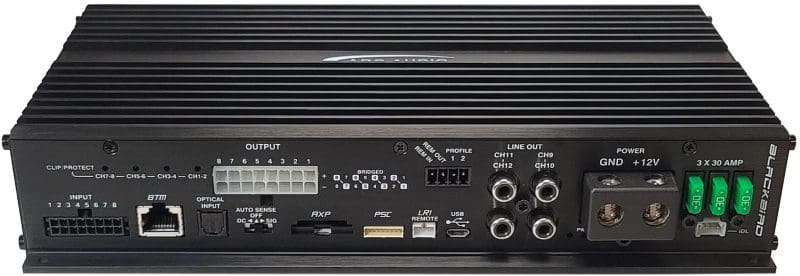
What Matters in Quantifying Amplifier Quality?
If you’re shopping for an amplifier that will actually sound good, the first amp power rating you want to know about is distortion characteristics. Reputable amplifier manufacturers should follow the ANSI/CTA-2006-D standard and specify the total harmonic distortion and noise (THD+N) as a percentage with the amp producing 1 watt of power into a 4-ohm load. Why 1 watt? Designing an amp with good distortion specs at high power levels is relatively easy. However, a design that works well at low levels, especially concerning noise, shows some conscious effort in optimizing an amp’s quality.
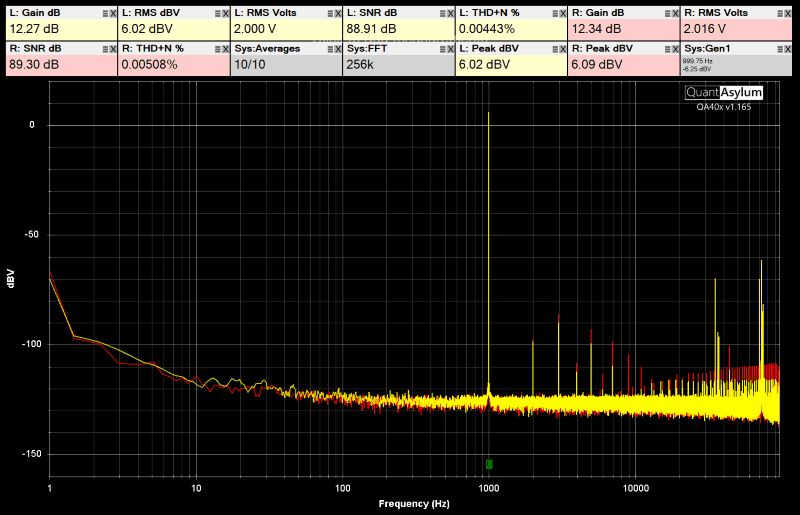
The graph above is a spectral response measurement of the ARC Audio SE2300 amplifier I use as my reference in my lab for listening evaluations. This is a high-bias Class AB amp. That means, at low power levels, the output devices act more like a Class A amplifier to help reduce the crossover distortion associated with switching between the positive and negative output devices. Yes, they run warm and consume more current than a typical Class AB amplifier, but they sound magnificent.
Let’s analyze the measurement in some detail. The horizontal scale shows the frequency with 1 Hz on the far left and 100,000 Hz on the far right. The vertical scale is in dB V or decibel volts. The dB V represents a level above or below 1 volt, and it makes it easy to define a massive range of voltages in a small space.
The tall yellow spike you see near the center of the chart at 1 kHz is our test tone, as reproduced by the amplifier. It’s a 2.000-volt RMS sine wave. The audio analyzer generates the sine wave, and it’s fed to the amp via the RCA inputs. The crucial information here is that nothing else is being fed to the amplifier. So, there is no information at any other frequency in the test signal.
The second harmonic is the small spike at 2 kHz at a level of roughly -98 dB V. The amplifier adds this content. This is harmonic distortion. Thankfully, it’s very low in amplitude at 0.000013 volts or 13 microvolts. The spike at 3 kHz is the third harmonic, and it’s at a level of about -90 dB V or 32 microvolts. We can see the fourth, fifth, sixth and seventh harmonics in the graph. All of them are very low in amplitude.
When Things Go Wrong
Let’s look at the output of a different amplifier. The chart below shows the spectral analysis of a poorly designed Class AB amplifier. The 1-kHz test tone is reproduced at 2.000 volts once again.
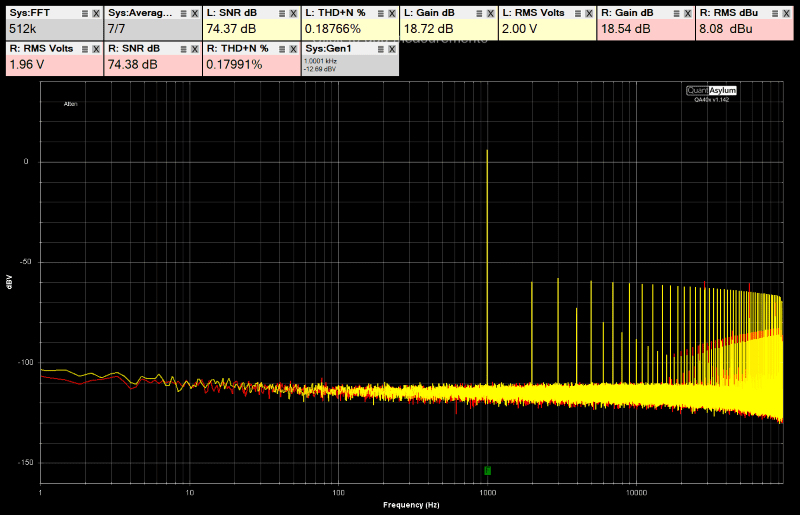
Look at the second harmonic. It’s at a level of -59 dB V, or 1,122 microvolts. We’d describe this as 1.122 millivolts. It’s 86 times higher than the ARC Audio amp. The third-order harmonic is louder at -57 dB V or 1.413 microvolts. Stunningly, the distortion continues to go beyond the limits of human hearing.
Understanding Harmonic Distortion
These examples demonstrate what happens when the amplifier reproduces a single frequency. The music we listen to contains a nearly infinite number of frequencies. So, there would be an equal number of harmonics for 1.001 kHz, 1.002, 1.003 and 999, 998 and 997 hertz and so on across the entire audio spectrum.
So, what does this harmonic distortion sound like? One analogy I’ve used is to compare the high-quality amplifier to someone singing solo. For example, they might be on stage performing your favorite song. The harmonic distortion characteristics of the high-quality amplifier are like having backup singers also singing the song at double, three, four and five times the original note frequencies, but at a very low level. For the ARC Audio amplifier, the loudest backup singer is 90 dB quieter than the lead singer. In short, you’ll barely hear them. As such, all you hear is the soloist. Everything they sing will be very clear and easy to understand.
Our poorly designed amplifier works the same way. We have our lead singer, but now the backup singers are only -57 to -60 dB quieter. You can hear them. The content they add detracts from the original performance because these backup singers are uninvited guests at the concert. They are like hecklers at a comedy show and diminish the experience.
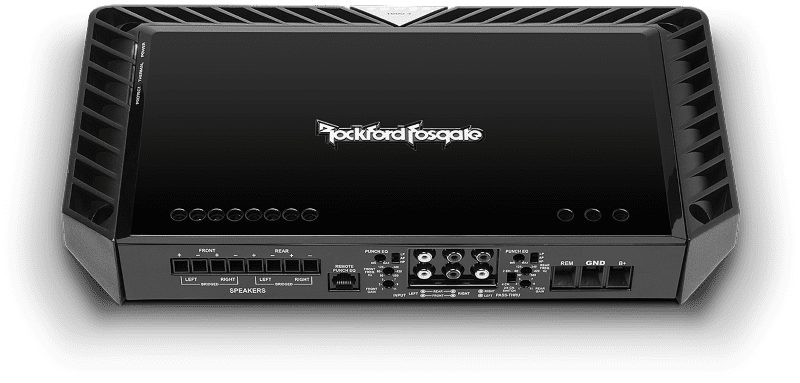
What Else Improves with Amplifier Quality?
We could discuss the importance of flat frequency response, excellent signal-to-noise ratio performance, intermodulation distortion characteristics, channel-to-channel crosstalk and channel imbalance. These characteristics, along with the harmonic distortion information, define what an amplifier sounds like and how accurately it can amplify an audio signal. An efficient power supply and thoughtful thermal management are also crucial elements of reproducing your music reliably. The amplifier should be tested to ensure that it doesn’t affect terrestrial radio reception, the performance of keyless entry systems or wireless tire pressure monitoring technologies.
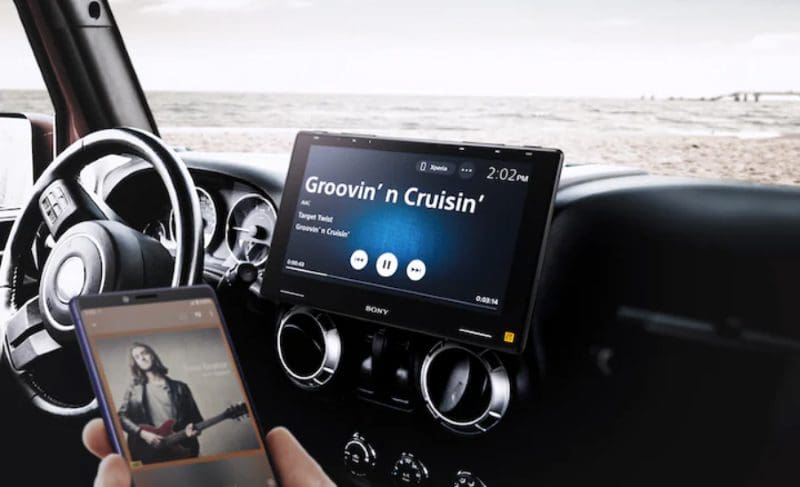
One Last Thought on Amplifier Power
Unless you have the volume of your car stereo turned up to the point that you can’t easily carry on a conversation with the person sitting beside you, chances are you are only asking your amplifier to produce a couple of watts of power. Unless you’ve chosen extremely inefficient speakers, most factory-installed and basic upgrade drivers deliver 82 to 88 dB of output when driven with 1 watt of power. Of course, you have at least two speakers in your car or truck, so that’s even more output.
Yes, we understand that it takes large amounts of power to reproduce the dynamics of a well-recorded, dynamic song. However, the point isn’t that power is useless. Instead, simply quantifying an amplifier’s quality based on power measurements alone provides no helpful information. Our magazine is called BestCarAudio.com, not ReallyLoudDistortedAudio.com. As such, we’re here to help you learn what will make your mobile audio system sound more realistic. If you want to immerse yourself in the details of some fantastic car audio products, check out our Test Drive Reviews. The reviews dig deep into source units, amplifiers, speakers and subwoofers to tell you about the features they have and how they sound.

